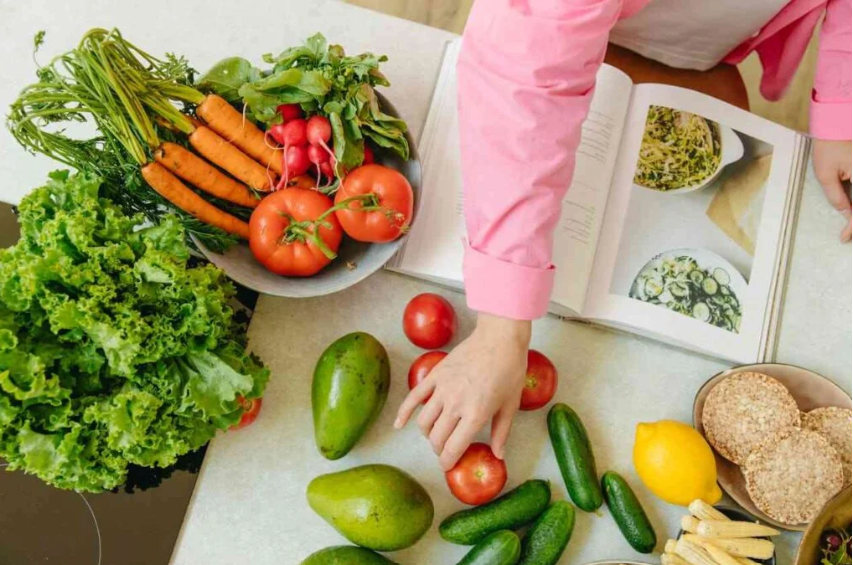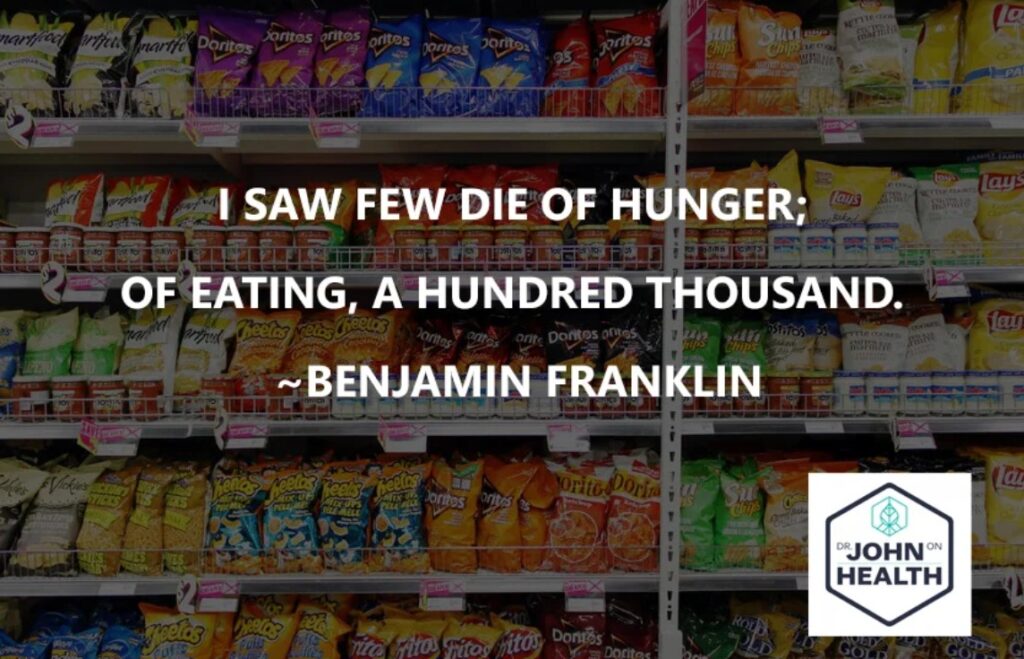
A Washington Post article on March 7, 2021 reported that variants of the virus have become a global preoccupation — and a potential threat to the vaccines. During the early part of 2020, experts were aware of the fact that COVID-19 had the ability to mutate. They were not surprised by the appearance of distinctive new versions of the virus in the United Kingdom and South Africa that showed enhanced capability for spreading compared to the original version.
For example, four weeks ago, the UK variant made up only around 1% to 4% of infections across the United States. Today it is up to 30% to 40% to the total of 2,600 known cases across 46 states. In Europe when the variant hit 50%, the virus cases surged, driving up rates of hospitalizations and deaths and proving difficult to control. New research shows that the variant is 59% to 74% more transmissible than the original COVID-19.
What caught experts off guard was the even more worrisome Brazilian variant, which was 1.4 to 2.2 times more transmissible. Between May and November 2020, before the variant appeared, the largest city in the Amazon region of Brazil, Manaus, had relaxed its control measures and the city’s hospitalizations remained stable and fairly low. In October 2020, in fact, 76% of the population had already been infected, judging from antibodies found in blood donors. This level immunity among the population indicated the city had reached natural herd immunity.
However, in January 2021, the virus was spreading again in Manaus, leading to more deaths in the first two months of this year than in all of 2020. Scientists fear that the new P.1 variant that originated in Brazil is reinfecting people who previously had COVID-19 antibodies from the first wave. In short, the Brazil variant was showing capability to evade the immune system.
We are on a Learning Curve about Covid-19
When COVID-19 first appeared in the United States, federal authorities hoped it would be no worse than seasonal influenza and decided to downplay the seriousness of the infection. Without evidence at the time, medical experts could not contradict this perception. However, when community spread, especially through the air, was detected, experts at the CDC warned that stricter controls were needed to prevent the virus’s spread. But President Trump did not want to change the recommendation and continued to downplay the virus. A significant portion of his followers agreed with his approach based on their own personal beliefs, in spite of scientific evidence to the contrary. They not only promoted the anti-CDC approach but also began to resent any intervention by the government that restricted their freedom of movement and assembly.
Today, a year after the first lockdowns began, it is understandable that people, tired of social isolation, are anxious to get back to normal life. But now is not the time to relax especially when spring break events are kicking off across the country. This could lead to further spread and even more mutations.

COVID-19 is far more serious and deadly than seasonal influenza, but it behaves in a similar way in that it keeps evolving and changing. The challenge is going to be that we will need to keep updating the vaccines for ongoing Covid-19 mutations, just as we currently do with yearly flu shots for each new strain of flu detected. This means we must keep a robust surveillance system to detect Covid-19 mutations.
The problem is, the virus can mutate faster than the ability of scientists to identify the capabilities of newly mutated versions, especially as it affects people with immunocompromised systems. In a healthy vaccinated person, even newly mutated viral copies with minor variations are proofread and destroyed. But this protection is not as efficient in an immunocompromised person. For example, if the mutated version has even stronger spike protein compared to the UK variant, or has the capability to evade antibodies as with the Brazilian variant, it could become dominant and create yet another grave situation.
For example, in a 45-year Boston man who had a severe autoimmune disease and had been in and out of a hospital for five months, it was seen that the virus developed not just one or two mutations, but 21 mutations, mostly on the spike proteins, even after the man was given an antibody drug. This is similar to bacteria developing resistance to an antibiotic when the initial treatment did not wipe them out completely.
What are the Options to Protect Against Virus Variants?
Currently, scientists are putting the spike through laboratory immunity challenge tests by exposing it to successive rounds of antibodies to identify versions of the virus capable of spreading more efficiently. But we don’t really know whether natural mutations (those that occur out in the real world, not in the lab) will be similar to these tests. It was recently reported that the Pfizer-BioNTech coronavirus vaccine appeared to be highly effective against the Brazil variant. Scientists are trying to develop antiviral agents that could block the virus’s attachment to cells, by neutralizing enzymes that the virus uses to create a hole in the cell wall for entry into it or by blocking the pathway the virus uses to enter the cell.
We can reduce the spread of the virus and the chance of it mutating into many more variants by immunizing as many people as possible and protecting those with immune system problems. The more people who get the virus, the more chance it has to mutate. Until we succeed and learn even more about the novel corona virus, we cannot let our guard down. We have to keep social distancing and wearing face masks until we are told it is safe to do otherwise. Let us all follow science for the sake of everyone around.
These are my suggestions if you have diabetes during a pandemic:
- You have to practice social isolation.
- Every type 2 diabetic person, when going outside, should wear a pair of thin cotton gloves and when you come back home wash the gloves and hands thoroughly.
- In order to reduce your blood glucose and insulin level in the body:
- reduce the intake of all grains and grain flour products to less than a third of your total daily energy intake
- drink something hot every few hours so that the normal temperature in your mouth will be increased
- slow down the viral multiplication so your immune system can take care of it boost your immune system
- eat a variety of foods such as fruits vegetables nuts seeds seafood and meat if you like eggs spices and herbs.
 Diabetes: The Real Cause & The Right Cure. 8 Steps to Reverse Your Diabetes in 8 Weeks If you have been diagnosed with Type 2 Diabetes, this informative yet easy to use book that will help you or a loved one reverse it in 8 weeks. My plan will also help you to remain diabetes free as you will take this on as a lifestyle. Make better choices and take ownership of your health today.
Diabetes: The Real Cause & The Right Cure. 8 Steps to Reverse Your Diabetes in 8 Weeks If you have been diagnosed with Type 2 Diabetes, this informative yet easy to use book that will help you or a loved one reverse it in 8 weeks. My plan will also help you to remain diabetes free as you will take this on as a lifestyle. Make better choices and take ownership of your health today.
Now you can start making healthy steps while simply listening to the book!!!
Click on this image to get the audiobook



